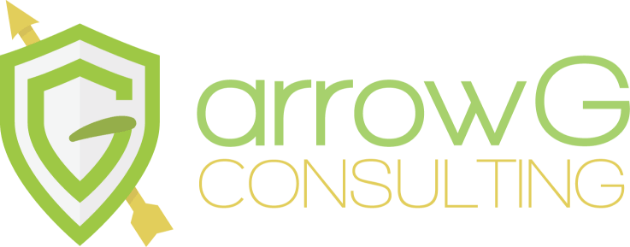
This is the time of year when many management teams take a brief break from their fourth-quarter sprint to chart their course for next year. This typically takes the form of an off-site strategic planning meeting or retreat for a couple of days.
One defining hallmark of high-performing organizations is that they the time necessary to step away from the action of working IN the business to work ON it. When I facilitate these off-sites for clients, there are several common themes which consistently come up, albeit in different forms and flavors. One of those themes is culture (which is also a recurring theme in this “Strategies” column).
How is it that some companies compete and thrive year after year in commoditized markets? They don’t succeed because of what they offer, they succeed because of how they go about offering it. Culture is the last bastion of true differentiation and sustainable competitive advantage.
With no significant resolution to the pandemic yet in sight as we enter the flu season, many businesses are warming up to the notion that employees working from home might be more of the norm than the exception. Consider this: How do leaders maintain company culture with team members who are working from home?
Every organization has a culture, the question is whether or not it’s the one you want. This isn’t about slapping the company’s vision, mission, and core values up on a few walls around the office and you’re done. Vistage expert speaker David Friedman posits that culture is the commonly-held set of values and principles that shows up in the everyday behavior of the people.
First, you must define your culture.
If leaders don’t intentionally create the culture they want to have, it’s created anyway, mostly by the people with the strongest personalities. Left unchecked, those strong personalities’ behaviors largely define the culture of the place. Instead, leaders must be intentional about defining culture, and you do that by clearly specifying the list of observable behaviors (not abstract one-word values) that are most important to your company’s success. You can call them Core Values, or Fundamentals (as Friedman does) or The XYZ Co. Way, it doesn’t matter—as long as you teach and model them to your employees, starting with their very first day on the job.
Next, ritualize the practice of your Fundamentals.
A ritual is a behavior or practice that we do over and over again until it becomes a habit, second nature. Like singing the national anthem at sporting events. Blessing the meal before digging in. Playing “Taps” at military funerals. Brushing our teeth before bed. They’re not dependent on our discipline, or our mood at the moment, or our remembering to do them. They’re just what we do, because we think they’re important.
Many companies I work with have defined their culture in writing with their vision, mission, and values, but they struggle with how to bring them to life. Ritualizing your Fundamentals is how you do that. At some companies the CEO sends out a weekly lesson about the “Fundamental of the Week” (FOW) by voicemail and email to all employees every Monday morning. In others they begin every meeting with a brief discussion of the FOW.
Most organizations have a set of rituals already; it’s easy to bake your Fundamentals into things you’re already doing. The goal is to get to the point where “what’s on the walls is the same as what’s in the halls.”
Third, coach to reinforce your culture.
Issues and challenges arise in every business every day, and employees make decisions about how to handle them. How these situations are handled are key markers of the culture.
Managers and supervisors provide their teams with guidance, coaching, and feedback on resolving these issues. Any coaching session is a key opportunity for leaders to teach and reinforce the culture. Every time you use the specific vocabulary and language of your culture, you’re bringing it to life. And you’re showing everyone that those words on the wall are real, not just inspirational signage.
You can also coach people to greater accountability to living your culture by infusing your Fundamentals into your key people processes: from hiring to performance reviews to promotions to terminations, there are many ways to show how serious you are about culture.
With this deeper understanding of the concrete steps we can take to maintain company culture under normal circumstances, we can see how following those steps with remote employees isn’t such a big ask after all. Whether it’s in person or on Zoom, meetings and coaching and human interactions and behaviors are still happening. The only tricky part for leaders is to re-apply your rituals with intention to the virtual platform – which you’ve probably already done for other important processes in your company. Easy peasy.
A version of this article originally appeared in the November 2020 issue of Knox.Biz, a business publication of the Knoxville News Sentinel.

